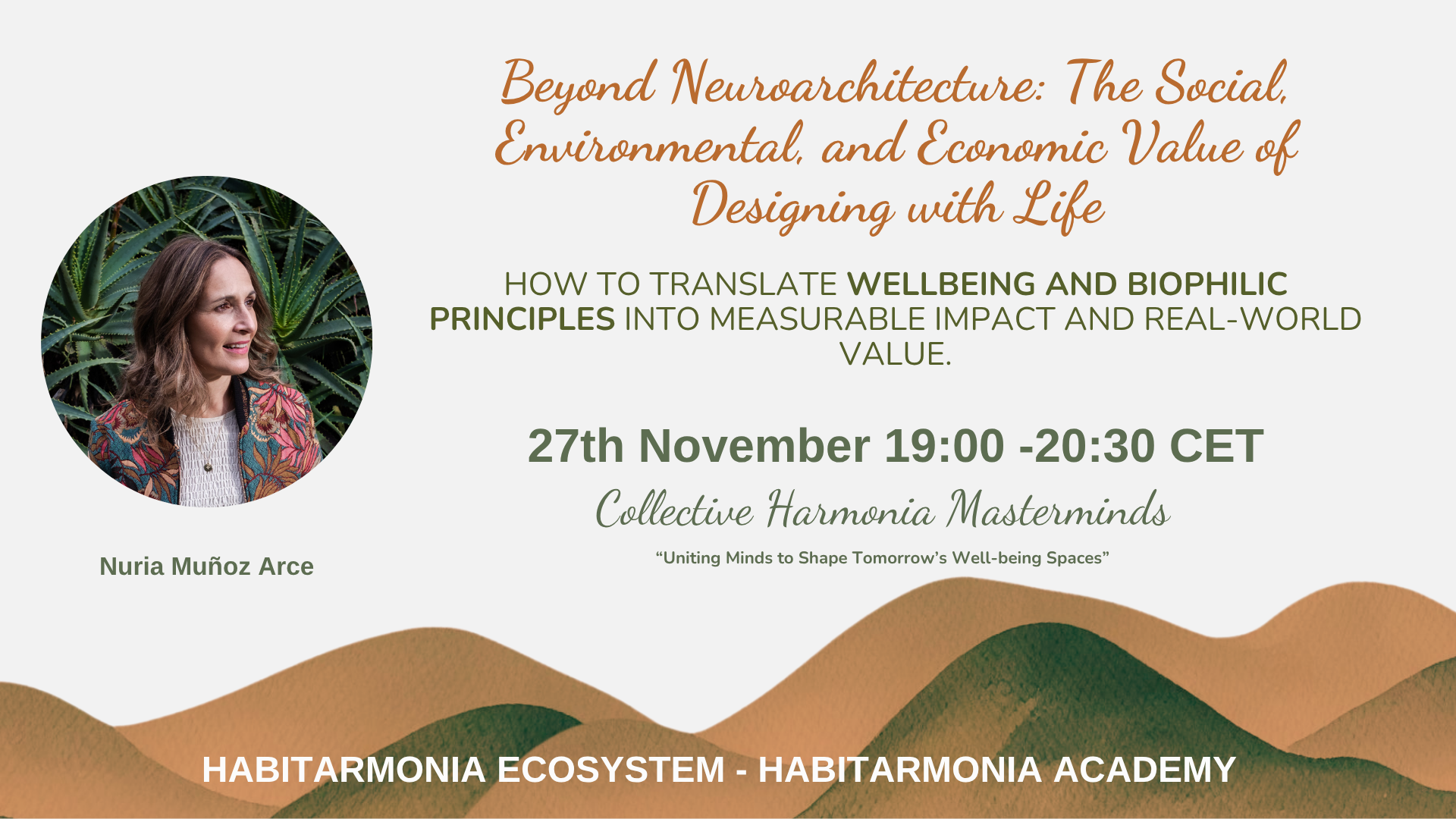What is Regenerative Architecture and Interior Design?
May 02, 2023
A heavily cited fact within the architecture and interior design industry is that the built environment accounts for 40% of global carbon emissions. The concerning statistic puts immense responsibility on construction and design professionals. The idea of sustainability in architecture and interior design urgently emerged as a way of bandaging environmental damage. A wide range of sustainability practices aims no higher than making buildings and interiors “less bad”, serving as inadequate measures for current and future architecture and interior design. The problem with sustainable architecture and interior design is that it stops with ‘sustaining’.
In order to maintain the current state of the environment, the architecture, and interior design community has been working towards greener means of production. Conventionally, a green building or interior employs active or passive features as a tool for reduction and conservation. Most sustainable designs view buildings and interiors as a vessel of their own rather than integrated parts of their ecosystem. With the planet’s current needs, this approach is not enough. It is not enough to sustain the natural environment, but also restore its processes.
Regenerative architecture and interior design is the practice of engaging the natural world as the medium for and generator of architecture and interior design. Living systems on the site become the building blocks of the structure and interiors are built in harmony with the overall ecosystem. When applied to interior design, this can look like spaces that mimic restorative aspects found in nature, such as using natural materials, incorporating plants and biophilic design, and ensuring healthy indoor air quality.
Regenerative architecture and interior design demand a forward-thinking approach. In contrast to sustainably designed buildings and interiors, regenerative buildings and interiors are designed and operated to reverse ecological damage and have a net-positive impact on the natural environment. Shifting from a sustainability lens to a regenerative one means that architects and interior designers should question how we can design structures and spaces that not only use limited resources but also restore them. Regeneration also seeks to facilitate a more resilient environment that can resist natural challenges.
Sustainable and regenerative design may seem like different approaches - sustainability limits resource use, while regeneration replenishes them. Sustainability, however, is a subset of a larger regenerative model. Both methods overlap and incorporate similar practices, each emphasizing different green goals. Just as ‘reduce’, ‘reuse’, and ‘recycle’ can’t operate in isolation, sustainability practices lend a hand towards regenerative goals by forming the first step towards replenishing resources - limiting their consumption.
One way both practices differ is in their scale of interventions. Regenerative design demands architecture and interior design be seen as an extension of the place, the site, the flora and fauna, and the ecosystem. Buildings and interiors are treated as part of a larger system, helping to produce and share resources like clean water, energy, and food. For example, a regenerative interior can incorporate biophilic design, which involves bringing elements of nature indoors and creating spaces that mimic natural environments. Biophilic design has been shown to improve indoor air quality, reduce stress, and enhance productivity.
When designing a regenerative environment, it is important to adopt a systems approach to thinking. All relevant and contributing entities must be considered, measuring their networks of impact on the overall ecosystem. The design must account for how a building or interior relates to the microclimate, or how the soil can support local flora. The designed system must allow for mutually supportive relationships between entities, making sure that there is equal give and take. Each relationship builds on the other to create a strong, thriving human-nature ecosystem.
"Nature is not a place to visit. It is home." - Gary Snyder
Learn about our services and courses.
At Habitarmonia we want to spread the word about our passion: create healthy and well-being spaces for our customers!
Stay connected with news and updates!
Add your email to the mailing list to receive information on the latest courses and enrolments.
We hate SPAM. We will never sell your information, for any reason.


